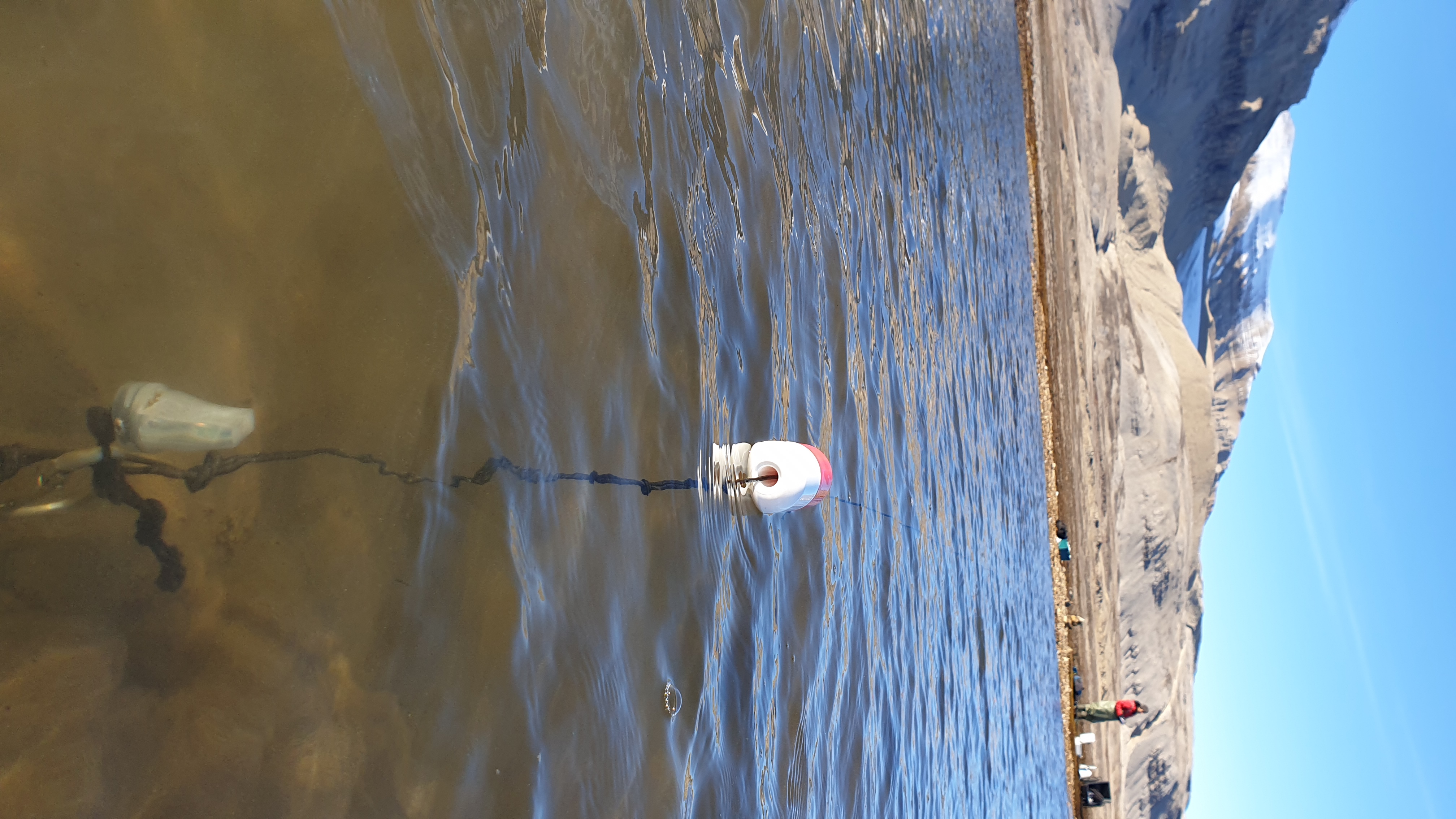TEMPERATURE TRENDS
Type of resources
Topics
Keywords
Contact for the resource
Provided by
Years
Formats
Representation types
Update frequencies
status
Scale
-

The Brøgger peninsula located in the north-western sector of Svalbard, is rich in shallow lakes, very different in morphology, height from sea level, composition of lake sediments, seasonal snow cover and presence/absence of migratory avian fauna in their catchment areas . In 2022, as part of the EcoClimate project (PI Prof. Edoardo Calizza), the research unit of the Institute of Polar Sciences of Messina set up a first series of sensors (Temperature; light) in 8 lakes spatially distributed at different heights from the sea and with different inputs of organic and inorganic substance. The observatory is currently in its second year of measurements.
-

A long-term climate manipulation experiment has been ongoing since 2014 at the REMUS site (Responses of Microbes in Upper Soil Horizons to Environmental Manipulations). Twenty-four open-top chambers (OTCs) were installed to simulate warmer ground temperatures and increased precipitation. To mimic enhanced rainfall, irrigation is applied twice a year, at the end of June and August. The transparent OTCs create an average ground temperature increase of approximately 1°C in the treated plots. The site is located about 11 Km from Ny-Ålesund at Kongsfjordneset (78.96661°N 11.47576°E) on the Brøgger Peninsula. In total, 48 plots with different plant species have been selected for the study. Of these, 24 are equipped with OTCs, while the remaining 24 are irrigated, with half of the irrigated plots also containing OTCs (12 with OTCs, 12 without). The REMUS site is registered on the Research in Svalbard Portal under ID 6921. This site is part of the International Tundra Experiment (ITEX), a global research initiative aimed at understanding the responses of tundra plant species through simple manipulation and transplant experiments conducted across multiple Arctic and alpine sites.